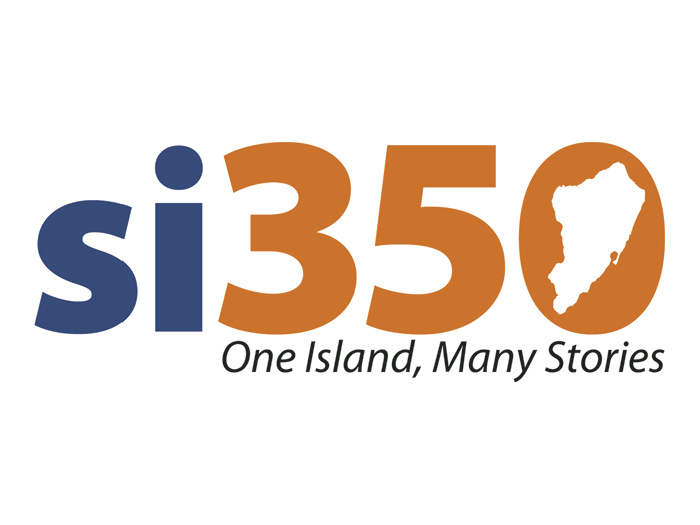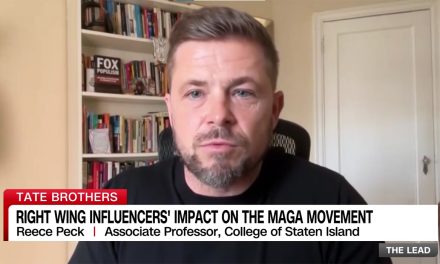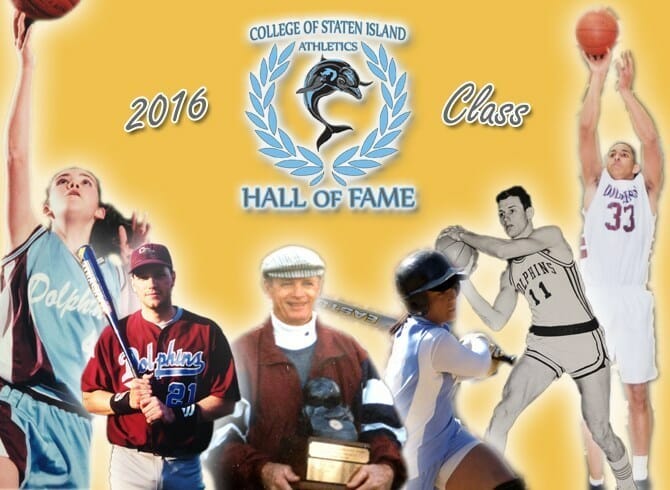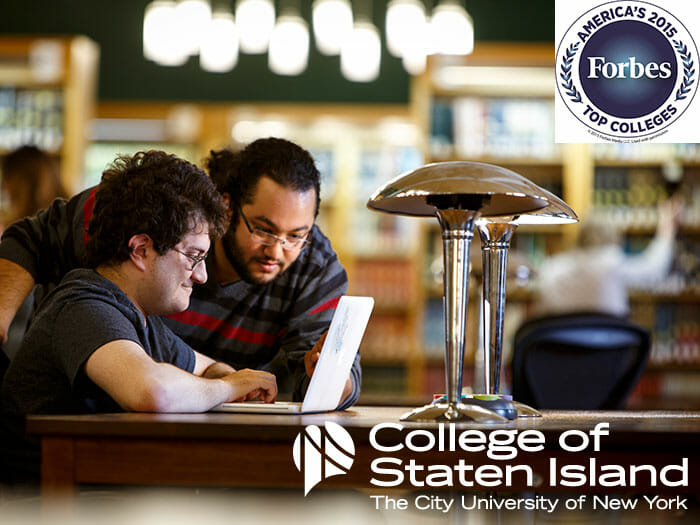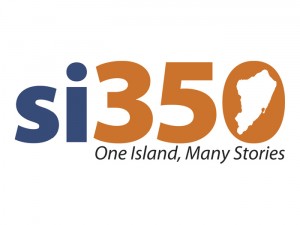
CSI will host “Staten Island in American History and 21st Century Education,” a special event to celebrate Staten Island’s 350th anniversary.
Public School teachers, principals, pre-service teachers, educators, scholars in all academic fields, and the general public are invited to a special event to celebrate Staten Island’s 350th anniversary.
The College of Staten Island will host a two-day Academic Conference and Education Symposium entitled “Staten Island in American History and 21st Century Education” to take place at the Center for the Arts on March 19 and 20, 2011. The conference is a culmination of SI350’s recent “Call for Papers” and “Call for Teacher’s Guides.”
Three Colleges Award 18 Teacher’s Guides
A panel of judges, consisting of educational faculty from CSI, Wagner College, and St. John’s University, will choose 18 of the best submissions and the developers will be invited to present their work during the first day of the Symposium. The six of the chosen guides will align with the curriculum of the elementary grades, another six will align with middle school, and the remaining six will align with secondary school.The best submission in each category will receive a prize of $1,000, and the runner-up will receive $250.
Submissions have been received, mostly from undergraduate and graduate students of education, many of whom are teaching in K-12 grades in Staten Island schools during the day, and who continue to further their formal teacher education during the evening. Examples of sites for which guides have been developed vary from well known historic sites, such as the Conference House, 9/11 Monument, Alice Austen House, or Sandy Ground, to less well-known sites, such as St. Peter’s Roman Catholic Church, Mount Loretto, or Clay Pit Pond. Also represented are guides that highlight the teaching and learning opportunities found in the study of important ethnic sites such as Killmeyer’s Old Bavaria Inn.
Two Keynotes: Six City and State Historians
The Conference will feature two keynote speakers: Carmen Farina, who has served for more than 40 years in public education, most recently as Deputy Chancellor for New York City Public Schools, and is the author of Making Connections, a multicultural/ interdisciplinary program focusing on Social Studies education; and Kenneth T. Jackson, the Jacques Barzun Professor of History and Social Sciences at Columbia University.
In addition the plenary session of the conference will bring together the five NYC borough historians and the New York State historian to discuss the topic: “1898: New York City’s Consolidation and its Ramifications.”
Community as Classroom
The call to develop teacher guides to any one of the 350 sites identified as sites of historical and cultural importance on Staten Island is founded on the theory of Place-based Education (PBL). “The theory promotes learning that is rooted in what is local – the unique history, environment, culture, economy, literature, and art of a particular place–that is the students’ own place,” explained Dr. Margaret Bérci, Associate Professor of Education at CSI and co-chair of SI350 Academic Conference/Symposium.
Bérci noted that “although PBL is a great way to teach and learn, it takes a concentrated effort and extensive time commitment on the part of the teacher to develop effective PBL lesson plans.” To that end, Bérci has incorporated the Teacher Guide Contest, as a case of PBL, into curriculum/pedagogy courses at CSI. As a result, many of the CSI Education students entered the contest with original guides containing extended lesson plans.
Curriculum-based Guides Available to Educators
“Development of these teacher guides has proved to be a great learning activity for pre-service teachers. Rather than simply working through a classroom exercise, the contest provided heightened incentive and interest in the alignment of PBL with the curriculum and the pedagogy of social studies,” Bérci noted. “The guides, representing the best of those submitted to the contest, include lesson plans for the pre-visit, site visit, and post-visit activities that align with national and NY State education curriculum standards; they are comprehensive in scope, and include extensive resource lists and background information in the content knowledge imbedded in the site, in which teachers need to be fluent.”
“Staten Island teachers who attend the symposium will take home great ideas that will help them to infuse their teaching with the benefits of PBL, knowledge of the immediate community and its place in the history of NY, USA, and beyond,” stressed Bérci. “The presentation of the guides, by those who developed them, will provide an opportunity for those attending to question and engage their colleagues in curriculum and pedagogy discussion.”
Bérci encourages “all K-12 teachers and principals to attend the event, as the scholarly papers will shed light on many aspects of Staten Island’s rich history and will also prove to be an invaluable resource for all educators on Staten Island.” Bérci added that “by using the guides, teachers can easily incorporate significant sites into their teaching, and pre-service teachers can use the format of the guides as a learning tool and model as they begin to create their own lesson plans. Aside from being introduced to ideas from respected researchers and educators, the conference, as a whole, gives area teachers an opportunity to learn facts about Staten Island that they may not have known, to be introduced to a variety of perspectives on their community, and to gather ready-made teaching resources and methodology with which to engage their students in the knowledge they gleaned.”
The “Call for Papers” invited scholars from around the world to submit a research paper highlighting Staten Island’s place in history and in education. A large number of papers were submitted from inside and outside of the U.S., which shows that Staten Island’s impact is rich and long reaching. All submissions were peer reviewed; 57 individual papers and three roundtable symposiums were accepted for presentation.
The “Call for Teacher’s Guides” is a contest inviting in-service and pre-service teachers to develop comprehensive curriculum-based teaching guides for use by public school teachers. The education symposium and contest is supported by a $10,000 matching grant from the Staten Island Foundation in order to promote learning and teaching about “our shared and diverse past.”
The “Staten Island in American History and 21st Century Education” event is co-chaired by Dr. Margaret Bérci and Dr. Philip Papas, Professor of History at Union County College. It is part of an ongoing effort by the Staten Island Foundation, CSI, St. John’s University, and Wagner College to foster a better understanding of Staten Island’s influential history by aiding the Island’s teachers in gathering the information and incorporating it into their lessons.
The College of Staten Island Center for the Arts is located at 2800 Victory Boulevard in Willowbrook. For more information about the event please contact: Dr. M. E. Bérci, Associate Professor of Education, CSI, Co-chair of the Conference on Staten Island in American History and 21st Century Education at margaret.berci@csi.cuny.edu or Dr. Philip Papas, Associate Professor of History, UCC, Co-chair of the Conference on Staten Island in American History and 21st Century Education at papas@ucc.edu.

